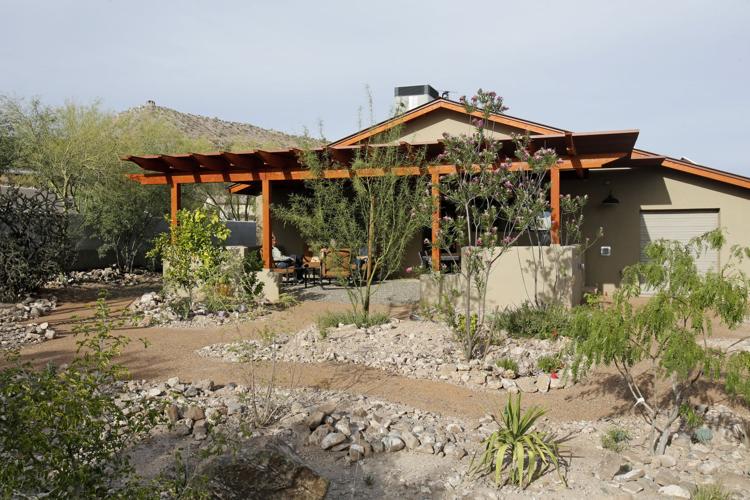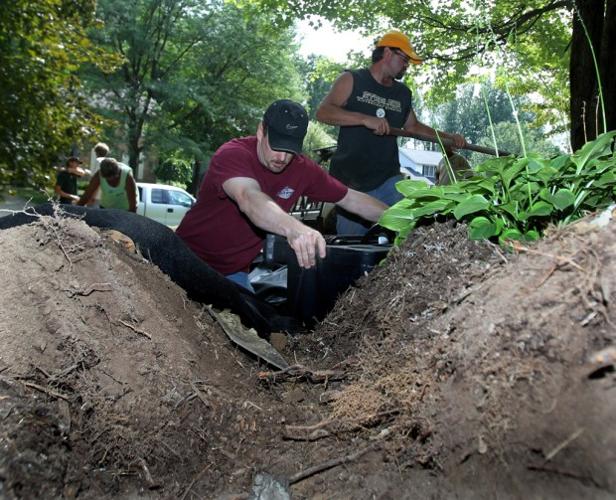This story was produced by #ThisIsTucson for SAHBA Home Show, running Oct. 5-7 at the TCC. Thank you for supporting the organizations that support us!
You're not in Kansas anymore.
If you've lived anywhere else before coming to Tucson, chances are you've experienced the learning curve that is growing things in the Sonoran Desert.
With 110-degree days in the summer and mild temperatures throughout the winter, life looks a little different here.
So, if you're new to town and staring out your windows at your rather prickly yard, here are a few things you need to know.
1. Stick with native plants

Rather than opting for a tropical oasis-in-the-desert motif, pick plants that grow here naturally. They'll attract native wildlife (ie: butterflies and hummingbirds) and save you on that water bill, says David Garcia the program director for Desert Survivors, a Tucson plant nursery and nonprofit.
The University of Arizona's Pima County Master Gardeners have tons of classes about local gardening, and they also offer individual help. Check out (and register for) the Oct. 13 class "How to Choose Great Plants and Keep Them Growing!"
2. Give your existing plants some love

Got a badly placed cactus? Pause before you pull it. If you want to give it a second chance and relocate it to another property (ie: a nursery), you'll need to notify the Arizona Department of Agriculture and get a permit. Many native plants are protected here, so you can't just relocate them off your property. Native plant specialists can help you do that. Get more information about the legal process and timeline here.
Water existing trees deeply but infrequently throughout the year. That will help them develop deep — rather than wide — root networks that have a better chance of withstanding monsoon winds. During monsoon season this year, Marlyce Payette, a Pima County Master Gardener, told us that mature trees should be watered to a depth of three feet.
Tohono Chul has a class on Oct. 27 about how to care for mature trees. More info on that here.
3. Take advantage of the rain

This house is loaded with green features and outdoor living spaces. The backyard features passive landscape water harvesting to capture rainwater.
We have multiple planting seasons in Tucson — early spring, monsoon and late fall, says Garcia. Planting now, for example, gives plants a chance to establish their roots before the summer heat returns.
You should also pay attention to where the rain pools in your yard — and then figure out a way to collect it. Monsoon storms dump huge quantities of water, and you want it to drain AWAY from your house. Dig a stone-lined trench or use gutters to transfer water to a more desirable location. If you can, collect the diverted water for future plant watering.
The Watershed Management Group has regular classes about rainwater harvesting.
Get help with your yard at the SAHBA Home Show
Find landscape services and products; pools; outdoor and patio products and much more at the SAHBA Home Show at the Tucson Convention Center this weekend, Oct. 5-7, 2018. Saturday is Family Day with face painting and more. Kids under 12 are free. Click here for a $2 off coupon!







